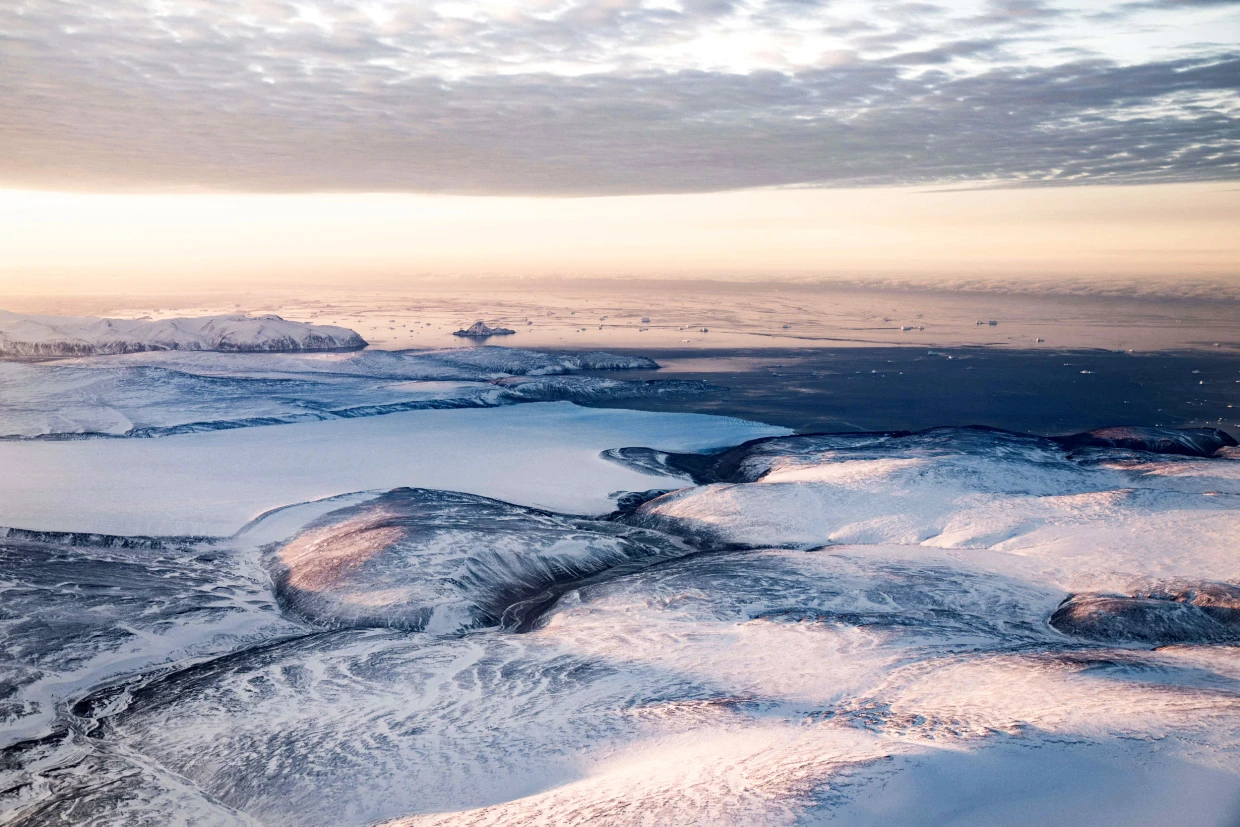
The more scientists study Greenland, the worse its ice melt looks
The Greenland ice sheet has lost about 1,965 square miles to glacial retreat since 1985, a new study says.
That’s an area roughly the size of Delaware.
The study analyzed satellite images to track retreat and found that the breakup of icebergs has accelerated in Greenland and that previous analyses might have underrated its influence.
“Current consensus estimates of ice-sheet mass balance have underestimated recent mass loss from Greenland by as much as 20%,” the study’s authors wrote. In recent decades, almost every Greenland glacier has thinned or retreated.
The study, which was published Wednesday in the journal Nature, is yet another sign that Greenland’s ice is melting at hastening and concerning rates. Scientists are growing increasingly concerned that the Earth’s warming could trigger tipping points for major ice sheets. Greenland contains about 8% of the world’s freshwater. Its total melt would raise sea levels by almost 7 feet and could change ocean circulation patterns.
The study also suggests that the United Nations Intergovernmental Panel on Climate Change, the world’s leading body on assessing the climate crisis, has underestimated how much ice is being lost in Greenland.
Several pieces of research published last year also drew attention to rapid change in Greenland.
One report, which evaluated satellite images and historical photos, determined that the rate of glacial retreat in the 21st century was about twice as fast as it was in the 20th century.
Another study showed that floating ice shelves in northern Greenland have lost more than 35% of their total volume and are weakening. These ice shelves buttress the ice sheet and prevent glaciers from flowing more rapidly out to sea. Their deterioration could threaten the stability of the ice sheet.
About 60 top snow and ice scientists published a report in November designed to draw attention to their increasing concern about the fate of the world’s ice sheets. The report warned that the planet could be committed to more than 40 feet of sea level rise in the coming centuries if global average temperatures settle at about 2 degrees Celsius above the preindustrial baseline.
“Many ice sheet scientists now believe that by 2°C, nearly all of Greenland, much of West Antarctica, and even vulnerable portions of East Antarctica will be triggered to very long-term, inexorable sea-level rise, even if air temperatures later decrease,” they wrote.
